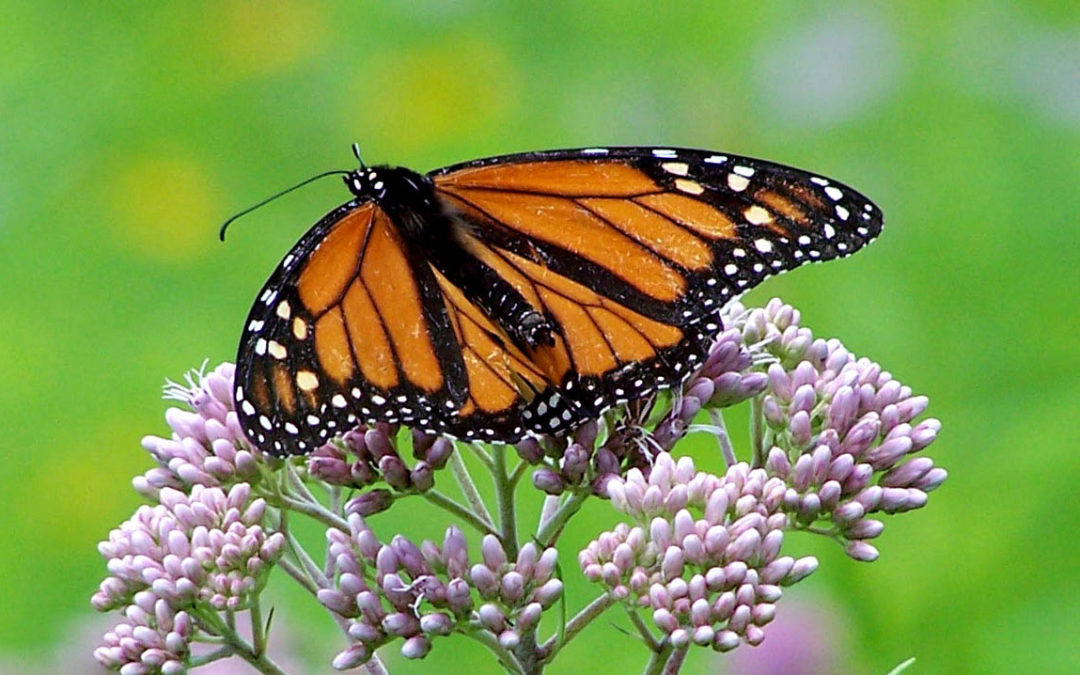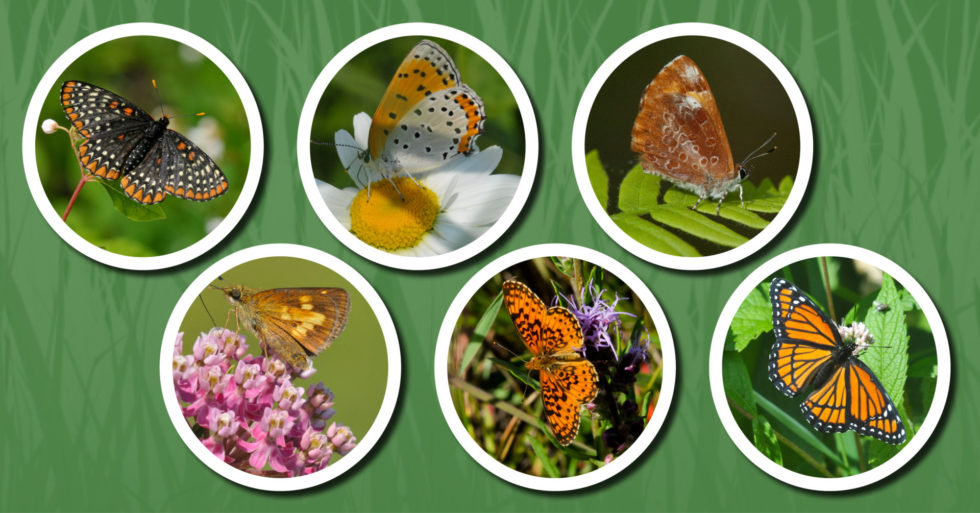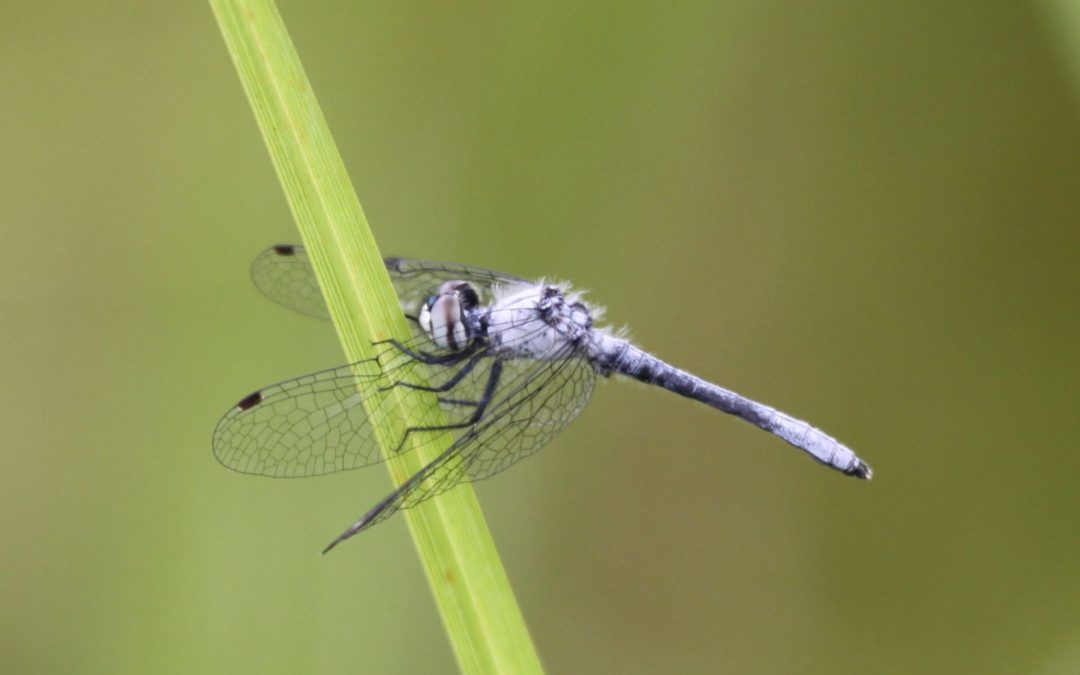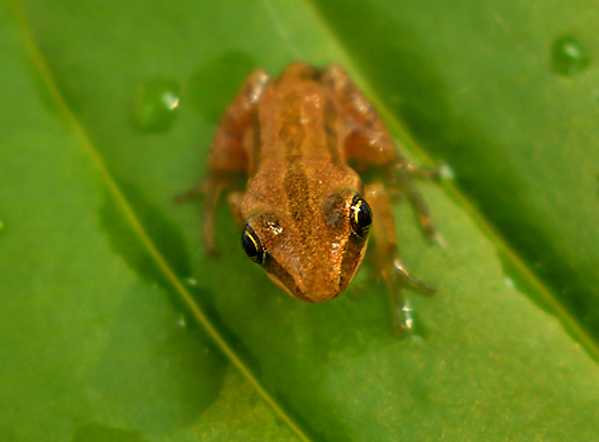Yet because of habitat loss and land use changes, monarch populations are in trouble. Monarch populations have dropped by 90% in the past 20 years. Causes of this include loss of crucial overwintering sites in Mexico, expanding urban development and the modernization of agricultural practices in the United States.
Monarch caterpillars feed on only one type of plant: milkweed. Historically, milkweed has been considered a weed, and people have become very adept at keeping it out of agricultural fields. Less milkweed means less habitat for monarchs, especially during the long migration from Mexico.
Your efforts to protect and care for your wetlands (and uplands) can help monarchs by promoting much-needed habitat. The Monarch Joint Venture has information about how to improve and create habitat for monarchs. Ideal habitat for monarchs includes:
- A mix of native flowers with different bloom times, including some overlap in flowering, to ensure a stable food source for butterflies
- A combination of early, middle and late blooming species will fuel butterfly breeding and migration
- Native milkweed to provide food for monarch caterpillars.
- Avoidance of pesticides and herbicides except for targeted invasive species control
The monarch is a charismatic species that needs help, but it isn’t the only threatened pollinator that needs help. Check out the Xerces Society for information on other pollinator conservation resources for the Great Lakes Region.
A wetland kaleidoscope: Six butterflies you can find in Wisconsin’s wetlands
Learn how to identify six frog species in Wisconsin’s wetlands.




